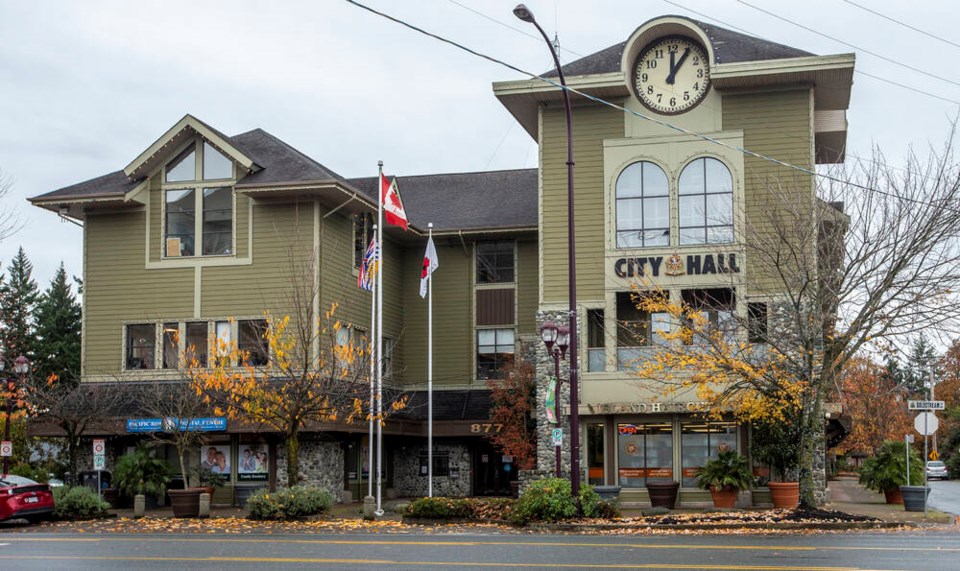Apparently unimpressed by the difficult times around us, several municipalities in Greater Victoria are hiking property taxes. And not by a little. Some of the increases are hefty, verging on oppressive.
Victoria has settled on a 6.15 per cent hike for residential and business properties, 22 per cent for light industrial properties, and 37 per cent for major industrial properties,
For residential taxes, Colwood is going with a 6.43 lift, Sooke 6.99, Saanich 7, Oak Bay “around” 9 per cent, and View Royal 10.1. Langford leads the way with a staggering 12.41 hike
Around the Lower Mainland, 91原创 has settled on a 10.7 per cent raise, and Surrey 12.5.
To be fair, some municipalities are exercising a degree of restraint. Of those in the capital region that have settled on a figure, Central Saanich stands at 5.29 per cent, North Saanich at 4.9, and Sidney at 4.57.
Supporting large hikes, most municipalities have cited high inflation rates as a contributing factor. This is pure fiction.
Most economists are predicting inflation for the year ahead at around three to five per cent. None foresee rates in the region of six per cent or more.
Several councils have also noted the need to take on additional staff as their population base expands, or in some instances to build new facilities such as fire halls.
No doubt these are legitimate pressures, although taxpayers may wonder if it’s a coincidence large tax hikes are being pressed through now that last fall’s municipal elections are safely out of the way.
However, there are larger matters at stake.
House prices are already beyond reach for many. Jacking up property taxes will only magnify that problem.
Country-wide, most families are living from pay cheque to pay cheque. And now there’s talk of a possible recession ahead, with all of the economic uncertainty that brings.
This was in every sense the worst possible moment for local governments to embark on an extravagant tax-and-spend agenda.
But what then was the alternative? In a word, economize.
We’ve noted before the proliferation of highly paid employees in local governments.
In 2021 the city manager in Victoria took home $280,000. That’s more than most managers in the federal or provincial government receive for supervising equivalent-sized budgets.
The city manager in Saanich took home $276,000, in Esquimalt $213,000, in Langford $210,000, and in Oak Bay $203,000.
Salary creep of this sort is testimony to a complete absence of self-imposed restraint, or the unwillingness of municipal councils to stand up to their professional advisers.
If nothing can be done to correct over-compensation, the alternative is amalgamation.
It’s absurd that Greater Victoria, population 420,000, requires 13 municipalities.
Clearly there is room, and in the face of galloping taxes, a pressing need, for some condensing.
This is not an argument for extinguishing municipal councils. Even the smallest play an important part in giving residents a voice.
It is an argument for merging the bureaucracy beneath them.
Do we really need 13 planning departments, 13 human resource departments, as many legal departments, and so on, most of whose managers make six figures?
If we were serious about reducing needless duplication, Saanich could service the overhead requirements of the Peninsula municipalities — Central Saanich, North Saanich and Sidney.
Victoria could likewise take on a similar responsibility for Oak Bay, Esquimalt and the West Shore. Of course that would require political courage. Easier by far to raise taxes.
In the municipal elections last fall, councils perceived by voters to be tone-deaf paid the price. Close to 20 mayors were either defeated or chose not to run again.
If these tax hikes stand, that drubbing will pale by comparison next time around.
>>> To comment on this article, write a letter to the editor: [email protected]



